1) My tree is not leafing out.
This is a common concern for homeowners in early spring and it is often
attributed to the timing of bud break and species type. Air temperature is one of the most important
factors in regulating bud burst and leaf out times, so depending on the weather
each spring (keeping in mind that our changing climate is leading to shifts in
short term weather patterns), leaf out times can vary both among and within
species types. In addition to weather, different trees leaf out at different
times depending on their inherent anatomy and genetics. So, if one of your neighbour’s trees has
started to leaf out and yours hasn’t, don’t fret just yet! Keep in mind these external factors and give
your tree some time to break out of dormancy.
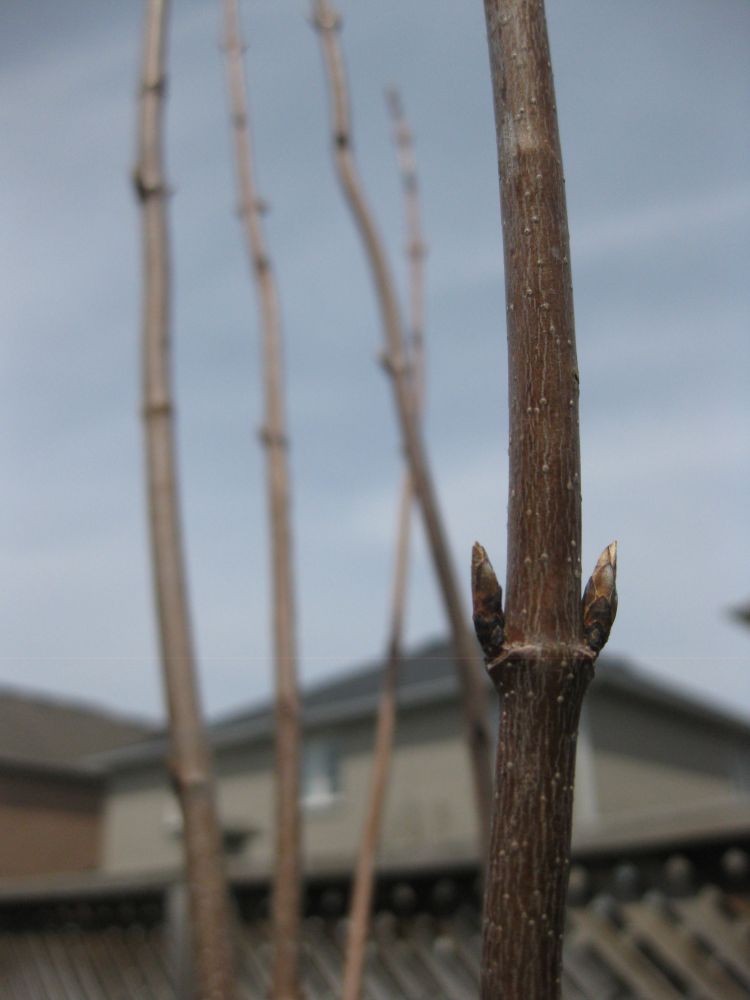
To aid in this process, I recommend you continue to care for your tree by watering regularly: 2 to 3 times a week for 15 minutes on a slow trickle around the base of the tree (once the ground unfreezes). In addition, I would also recommend you add a healthy layer of organic compost underneath a layer of natural mulch (about eight centimetres deep) in a doughnut shape around the trunk, taking care to not allow mulch to touch the trunk, as this can promote rot. For additional care tips, check out LEAF’s planting and care guide.
2) My tree isn’t growing.
This is another popular concern for homeowners with newly planted trees. In the first few years after planting, trees expend most of their energy growing underground, establishing a good root system. As a result, canopy growth is much slower. Upper growth generally begins in the tree's third year after planting, so with time and care, your tree will flourish.
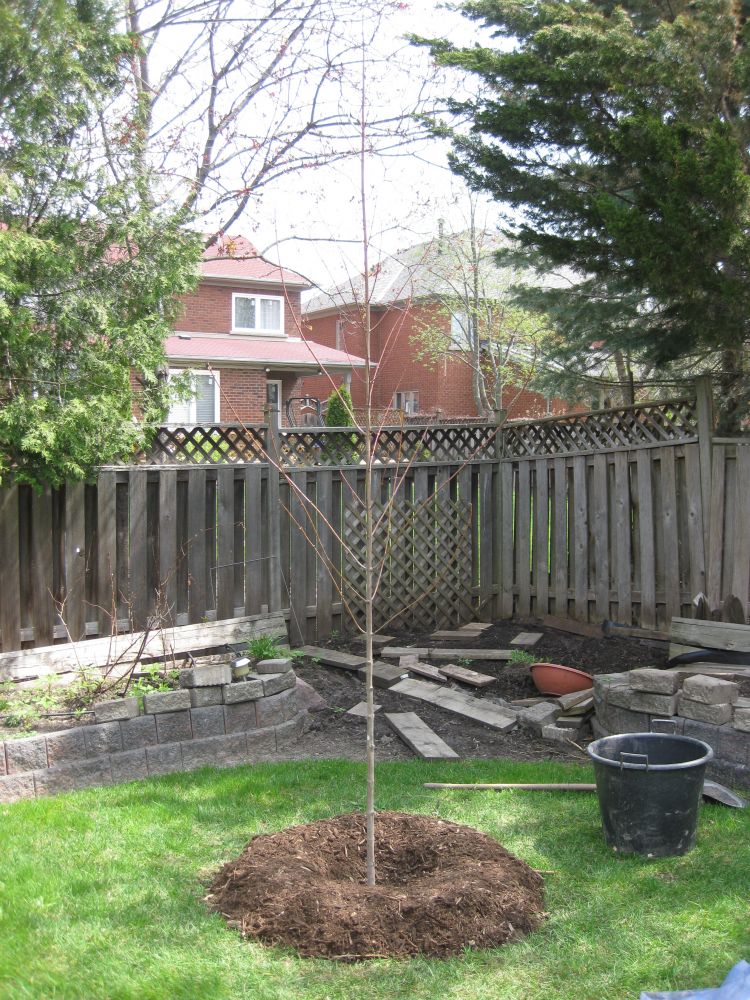
3) My tree is leaning.
Sometimes after a long winter season, you might notice your tree is leaning. This often results from winter storms, heavy winds or snow and ice. Lucky for us, trees are very malleable and are naturally strengthened when they move in the wind or weather the elements. That being said, we only recommend staking a tree if absolutely necessary because it may hinder a tree's ability to properly stabilize itself and support its trunk later in life. If you have concerns about a leaning LEAF tree, please contact us immediately and we will have one of our arborists assess the situation.
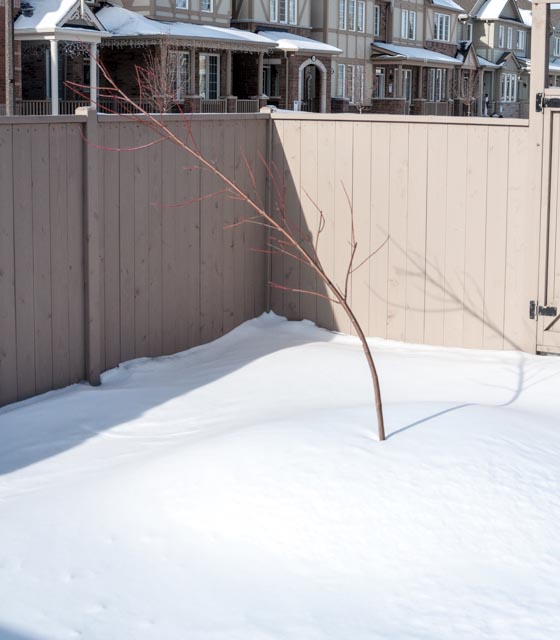
4) My tree has sprouts coming out at the base of the trunk.
These are what we call epicormic shoots - new stems and leaves arising from dormant buds in the bark, often near the base of the trunk. Epicormic bud growth is often stimulated as a result of stress, including sudden environmental changes, crown dieback, heavy pruning, root dieback, change in water availability or change in temperature. The leaves are often larger than those in the canopy, because the tree needs to gain as much energy from the sun as possible in order to conduct photosynthesis - a tree’s food making process - to improve overall health. The more leaf area present, the better the tree can photosynthesize and the easier it will be for the tree to bounce back from the stress is it experiencing. If you see this happening to your tree, don’t prune the shoots, as they aid in food production and continue to care for your tree as prescribed in LEAF’s planting and care guide. Once your tree regains a healthy canopy, the shoots can be pruned.
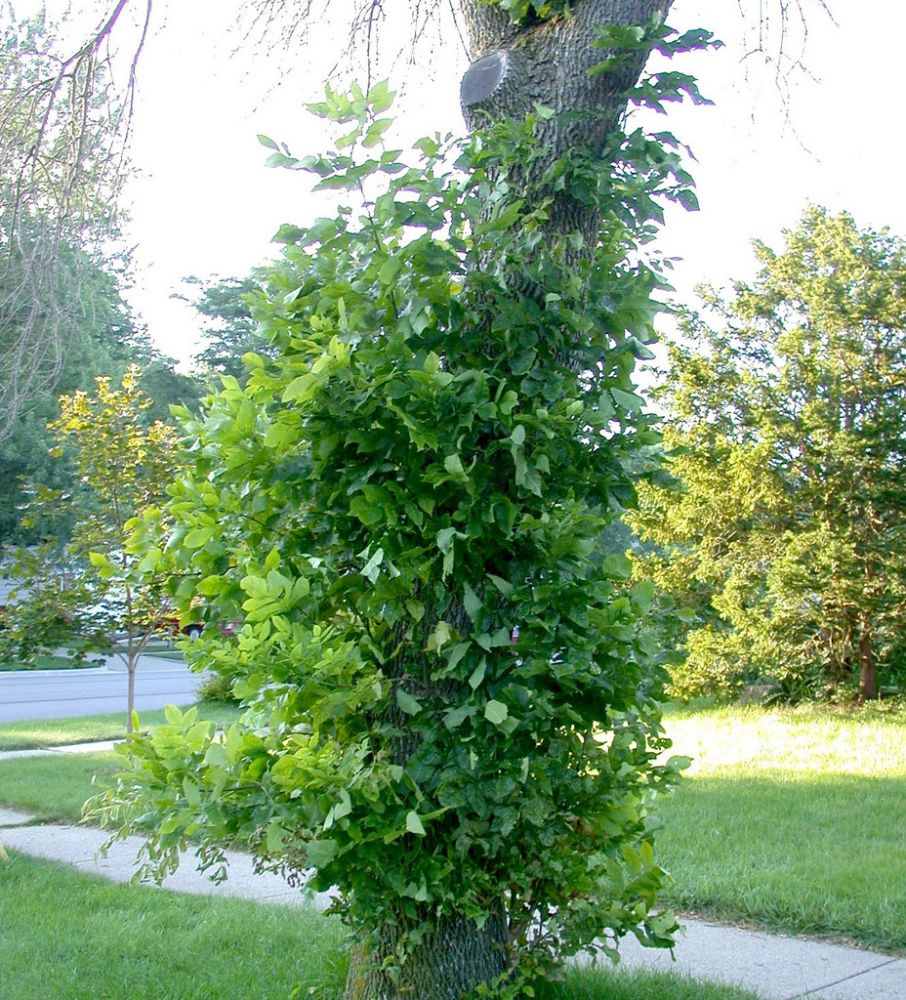
5) My tree has tiny, raised bumps on its leaves.
These are called galls which are abnormal growths of plant tissues. They can be caused by various parasites, from fungi and bacteria, to insects and mites. While sometimes unsightly, the majority of galls will not cause damage to your tree. The number of galls on your tree may fluctuate from year to year depending on various factors, but will usually diminish as the tree gets older. Don’t try to address galls by spraying your tree with a chemical pesticide – this will not be effective and may kill beneficial insects that might help control the galls naturally. The best thing to do is to provide care as prescribed by LEAF’s tree care guide. The best way to keep a tree healthy is to ensure it gets the water and nutrients (compost and mulch) it needs to flourish.
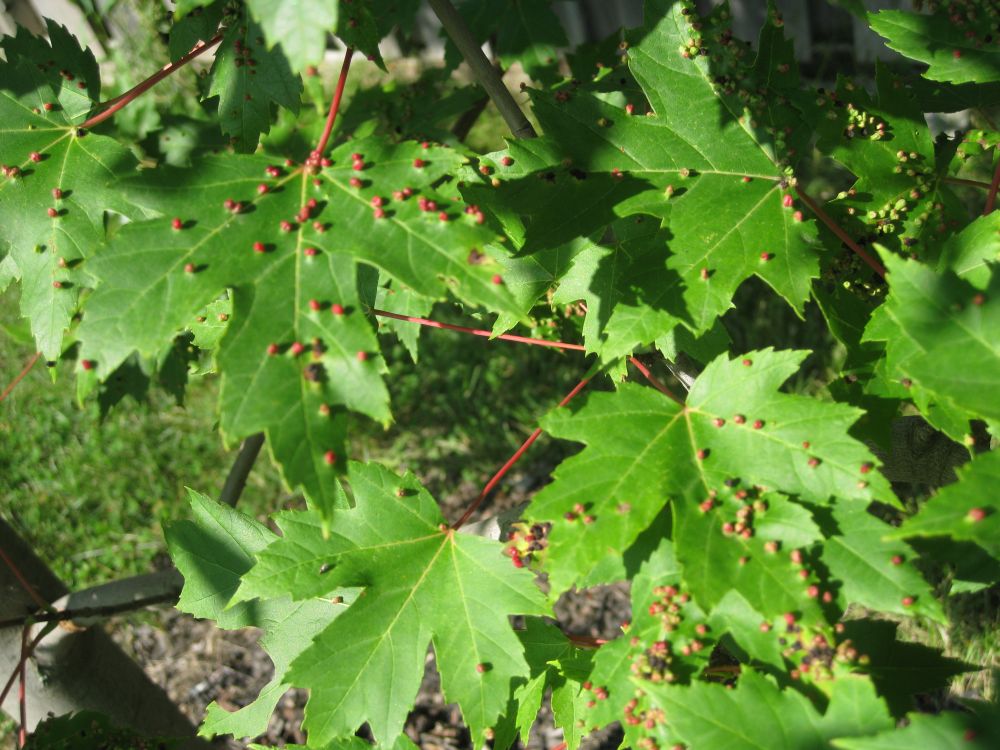
So come spring, if you have any concerns about trees you’ve planted through LEAF, please don’t hesitate to fill out our Request for Arborist Advice Form and one of our lovely arborists will be in touch to assess the situation!
Brenna Anstett is LEAF’s Field Operations Coordinator
The Backyard Tree Planting Program is supported by Ontario Power Generation, York Region, Ontario Trillium Foundation, The City of Markham and Toronto Hydro.
